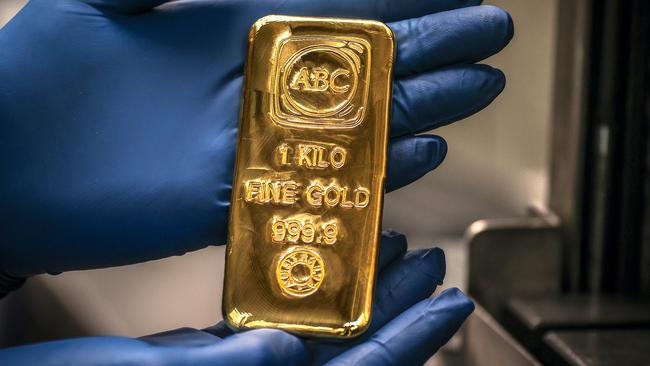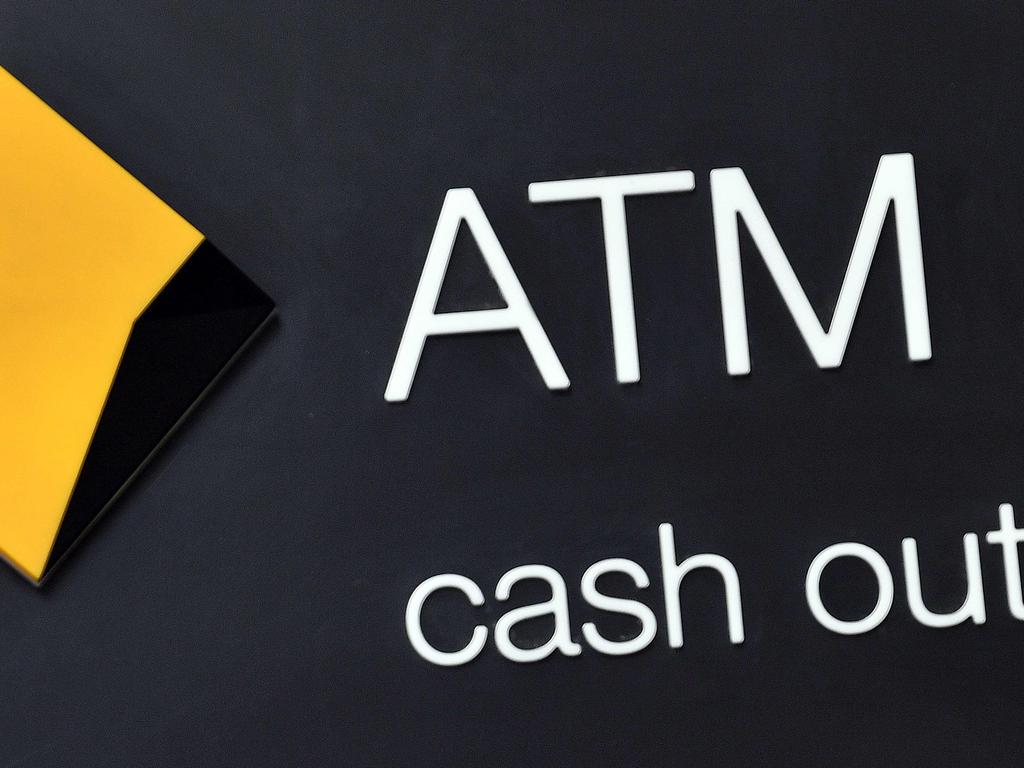How does gold compare to bonds?

The yellow metal is up around 30 per cent in six months (even allowing for a midweek swoon on the back of profit taking). Six months ago, it was trading at $US1474 an ounce. Today, it is near $US1931.
As gold surges, governments are pumping out fresh new bond issues to raise money to support struggling economies — indeed, Australia is a big issuer.
So how does gold compare to bonds? Though both are considered safe-haven assets, they have different features and constraints. Gold is a limited natural resource. Total estimated tonnage is 244,000 tonnes — 187,000 tonnes mined and 57,000 tonnes in underground reserves. Higher demand will lead to higher production, and thus curb price increases.
Traditionally, 50 per cent of gold is used in jewellery production and high prices should also act to dampen demand.
If we exclude gold miners — which is a very different sector to the gold commodity — there is no income. The only way to make money is for the price of gold to increase.
Investing in the share funds linked to individual gold miners might provide an income, but it exposes you to business risks.
In contrast, government bonds pay an income, albeit a low one at the moment. They also have a defined maturity date when investors know they’ll get the face value of the bonds back.
The Australian 10-year government bond yield is around 0.91 per cent and has been quite volatile in the past six months, with yields ranging from a low 0.61 per cent in March to a high 1.61 per cent in the same month.
One of the biggest benefits of government bonds is capital protection. The government issuing the bond promises to repay the $100 face value at maturity. Governments can raise taxes and print money and so investors can be confident of getting half-yearly interest payments and capital back at maturity.
Curiously, both gold and government bonds are favoured central bank investments.
There is no right or wrong in which safehaven asset to hold in your portfolio. You might even decide it’s worth allocating to both, especially when deposit rates are so low and offer no upside at all.
Elizabeth Moran is editorial director at Fixed Income News Australia






Gold has been having a dream run, performing exactly as it should in stressed markets.